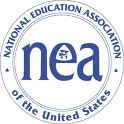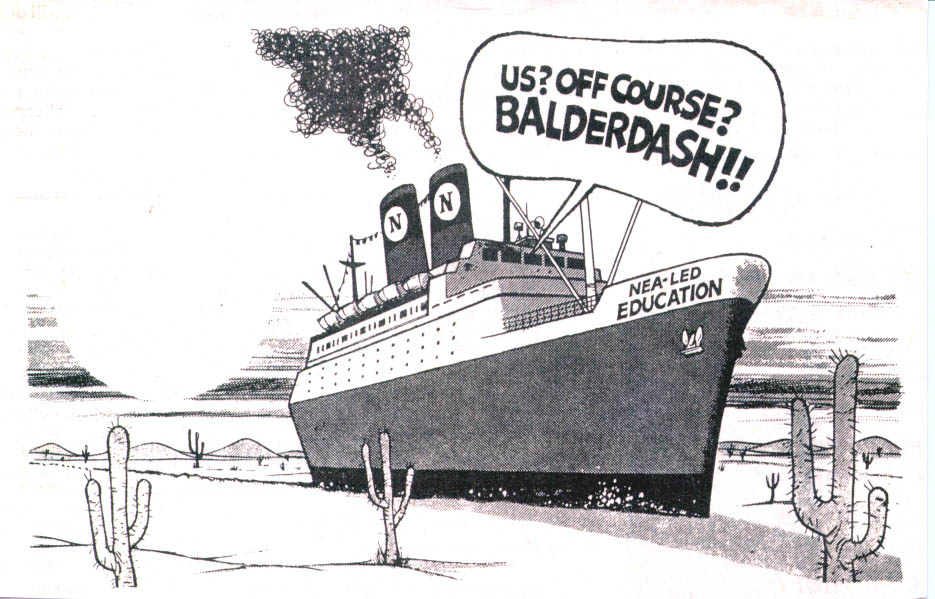Since it’s Labor Day, what better day to talk about one of the largest and most influential unions in the country—the National Education Association [NEA]. This also allows me to continue my intermittent history of American education.
 The NEA was founded in Philadelphia in 1857. The ostensible rationale for its creation was to provide a voice for all teachers in the nation to promote the interests of the profession. A statement from that initial meeting said it hoped to one day see a federal department of education. Well, that certainly has come to pass.
The NEA was founded in Philadelphia in 1857. The ostensible rationale for its creation was to provide a voice for all teachers in the nation to promote the interests of the profession. A statement from that initial meeting said it hoped to one day see a federal department of education. Well, that certainly has come to pass.
The biggest problem with the NEA is that it quickly came under the control of the progressive education movement, with John Dewey as its head. Dewey became a regular speaker at NEA conventions. Willard Givens, who served as president of the NEA from 1935-1952, called himself a socialist [as was Dewey]. It was Givens who gave the impetus to the policy of requiring all members of state and local education associations to become members of the NEA. He also endorsed world government, hoping thereby to eliminate America’s national sovereignty.
Givens said the following about the nature of the education he promoted:
The major function of the school is the social orientation of the individual. It must seek to give him understanding of the transition to a new social order.
The new order Givens sought was a socialist society.
The NEA began active political lobbying in 1961 and was instrumental in passage of the Elementary and Secondary Education Act of 1965, the first time the federal government got involved in education at those levels.
The Constitution gives no authority to the federal government to legislate on education, but that didn’t stop the NEA.
In 1981, a reporter for the communist Daily World, after attending the NEA’s annual convention, filed this report:
Nowhere in the basic documents of NEA, in their resolutions or new business items, are there any anti-Soviet or anti-socialist positions. … It [the NEA] will increasingly be fighting shoulder-to-shoulder with fellow trade unionists as the class struggle intensifies.
In other words, the NEA was totally in sync with the aims of the Soviet Union when it existed. What are some of those resolutions the reporter identified? The basic ones have remained unchanged for years.
First, it must be understood that the NEA seeks to be the sole voice for American education. It wants to dictate standards for every school, including all private schools and home schoolers. No one should be allowed to teach, declares the NEA, unless licensed by the state and using a state-approved curriculum. If that resolution ever becomes law, all private education will be destroyed.
Many of the resolutions have little to do with education per se. As you meander through them, you discover that the NEA also takes a stand in favor of homosexuality and abortion, and in opposition to the teaching of any religious doctrines. Also on the agenda are national healthcare, radical environmentalism, gun control, and unilateral disarmament.
Sound like a wonderful organization? Keep in mind it’s the leading voice for the education profession in America, and that it’s very difficult for public school teachers to remain independent of it. In some states, they are required to join; in others, they are pressured to become a member; if they refuse, they are ostracized.
And all the while, our education gets worse. It is a union; it is a lobbying organization; it cares little for actual educational improvement. Education is merely the medium through which its leaders seek to impose their agenda on the nation.

